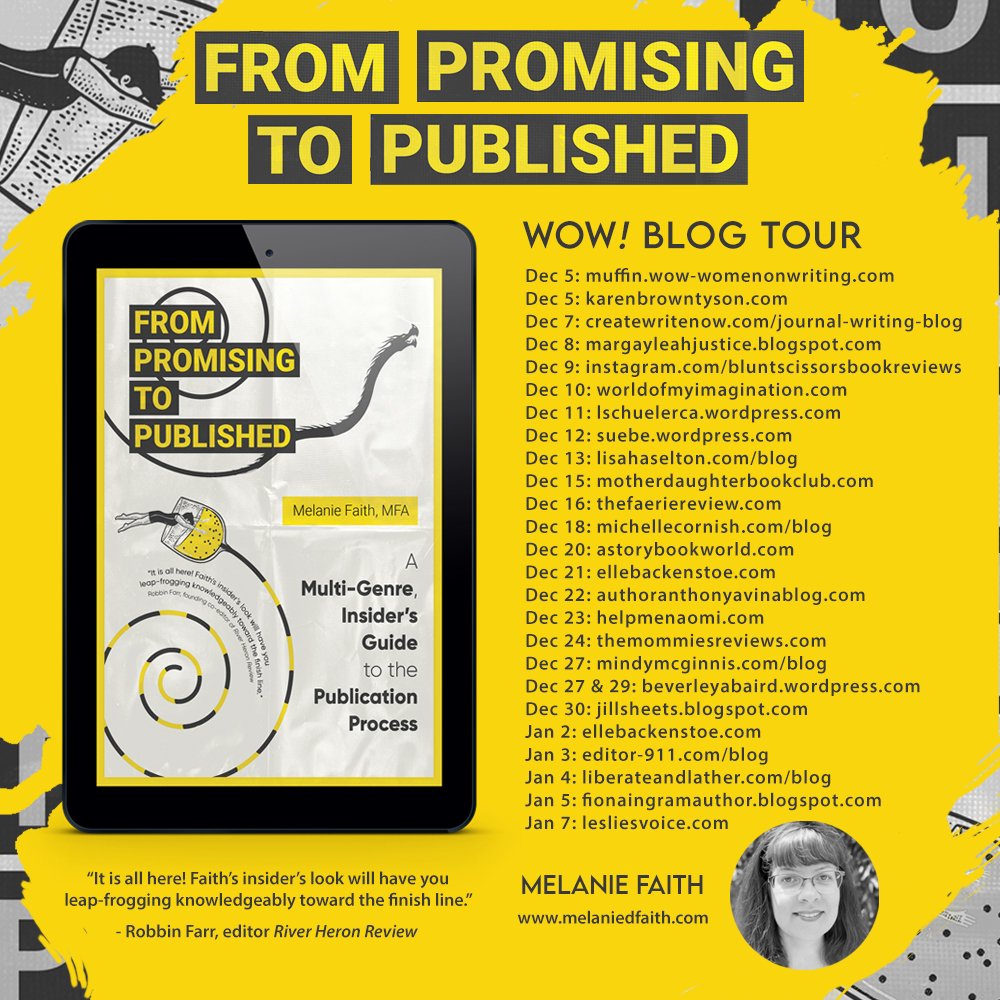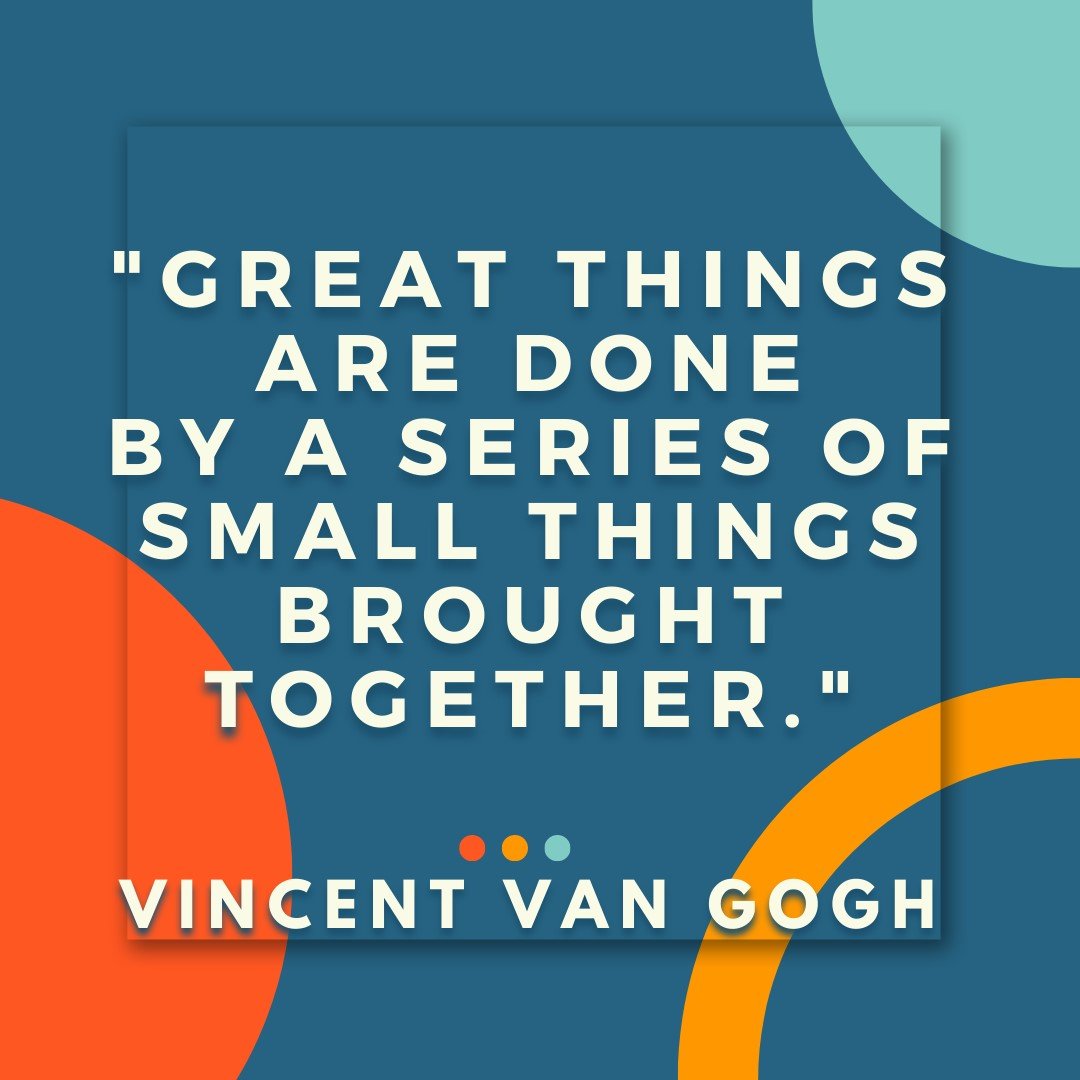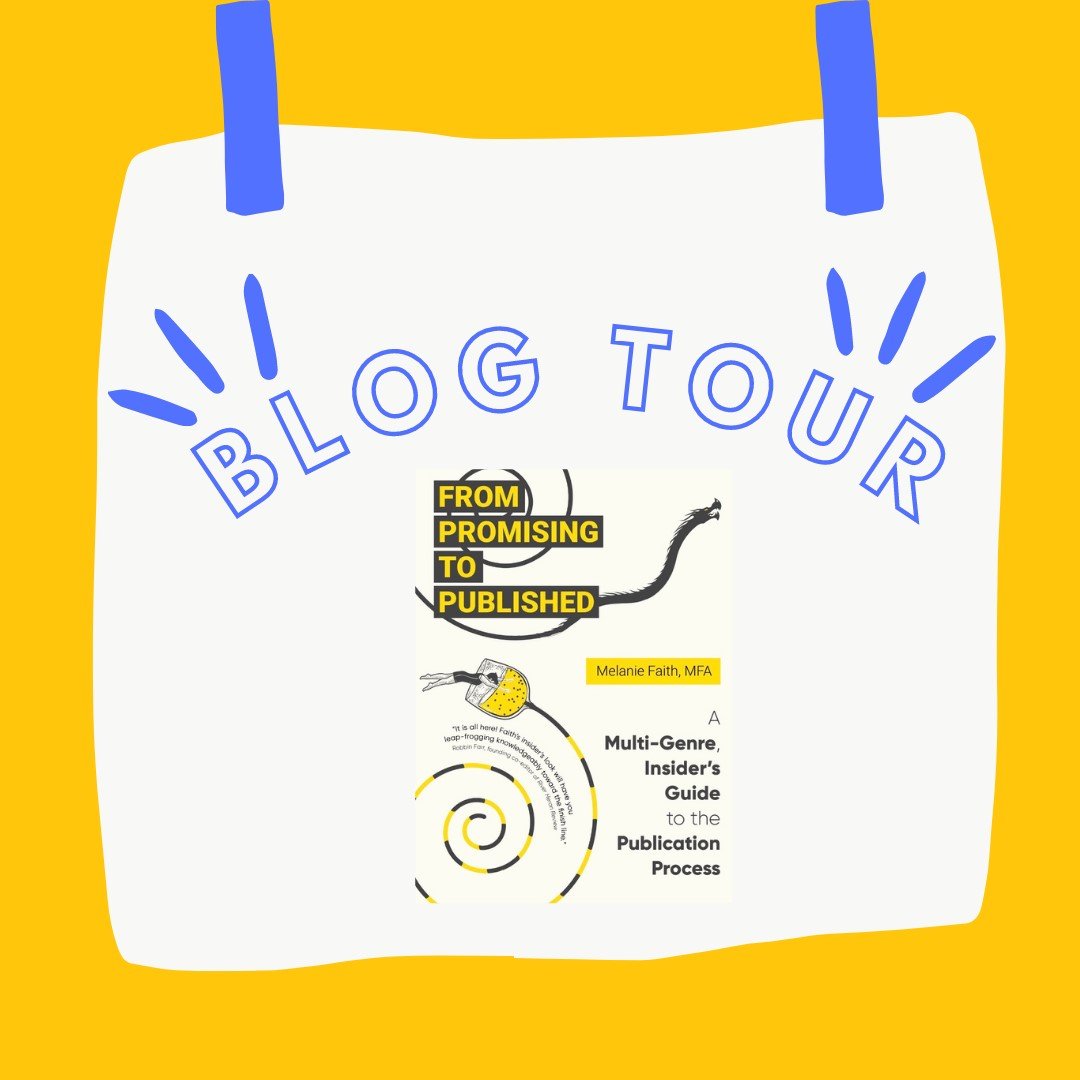Wonderful news! 🥳My article was published by Women on Writing today! Check it out, and then give the writing prompt a whirl. 📝
Four Reasons Food Can Spice Any Genres You Write
By: Melanie Faith
It’s just about autumn in the US, which is an important weather shift in the seasonal states. Humidity dissolves as leaves turn into a crayon-box bonanza of shades while it remains sunny, bright, and crisp enough for a walk in a cozy, knit sweater and a mug of steamy tea after. Another signal of the time shift is the shortening of days and the lengthening of my appetite.
While I enjoy eating all year ‘round, there’s something special about the chill in the air and the darkening of the evenings that increases my appreciation for sweet and savory flavors. Bring on the ooey-gooey cakes and breads, the creamy mac and cheese, the hearty, saucy spaghetti Bolognese!
No matter the season, the rituals of eating; snacking; food buying, storage, and preparation; meal clean-up; and food sharing surround our days and can be integrated into our writing to enrich our work. Let’s look at four reasons why adding food writing to our repertoire can deepen our writing:
Food connects us: Nothing reminds us more of our communities and the cultures we belong to than food. References to the recipes, meals, and snacks your protagonist grew up eating and still makes can provide shorthand for so many parts of your character’s background and life, including but not limited to her family of origin’s geography, socioeconomic status, and more. Certain foods will instantly be connected in readers’ minds with a particular state, region, cultural heritage, or country, while other foods and beverages are universal to many communities—which will give your readers other insights into how your unique character fits into a larger trend or social sphere or, conversely, how they might rebel against it. Including meals or restaurant scenes can also demonstrate how your character interacts with others, what she feels comfortable saying or not saying, what she wants to share in public compared to her private thoughts, and so much more.
Speaking of which, food can create both bonds and tensions: If one of your characters loves attending a weekly potluck she organizes and hosts once a month while another character lives for a quiet dinner for one at home to get away from the stresses of his day job and rejuvenates with the radio on while preparing couscous and a salad, you’ve already set up a way to show (rather than tell) extroversion and introversion. You’ve also set up a scenario where their differing styles could create conflict if these characters become friends, coworkers, family, or romantic partners. Characters can react strongly, or they might have inner hopes or misgivings about what is being served, about their dining companions, or about where the dining takes place.
Food is also often connected with larger social issues that deeply impact many people both locally and globally—such as food instability, hunger, and ever-rising grocery prices—that you can shine a light on within your writing in nonfiction, poetry, flash, novels, and many other genres.
Photo by Atie Nabat on Unsplash
Favorites and aversions make us each unique. Including small details about what your character loves and loathes eating can strengthen your characterizations. Just like all of us, characters can have detested foods show up in their lives and have to navigate their distaste quietly or verbally, or they can absolutely love quirky regional favorites that their friends and family can’t stand or refuse to try. Conversely, we all love to share our favorites, and sometimes these favorite foods are eagerly adopted by those we love, spreading the joy. Writing that praises, describes, humorously disses, or delights in foods can connect with your audience’s own experiences of likes and dislikes.
Try this exercise! If you write fiction: your antagonist has just invited your protagonist to dinner. Where will they go? What will they talk about? What is being served for dinner? If you write nonfiction, poetry, or other genres: jot a list of five of your favorite or least favorite foods. Pick one of the foods, set a timer for twenty minutes, and describe a time when you were served or served others this particular food. Use as many sensory details as possible to denote the food and reactions to it. Go!
Care to learn more? I have a few spots left in my Food Writing class that begins Friday, October 6, and I’d love to have you and a friend join in the fun. Details at: Food Writing for Fun and Profit.

















